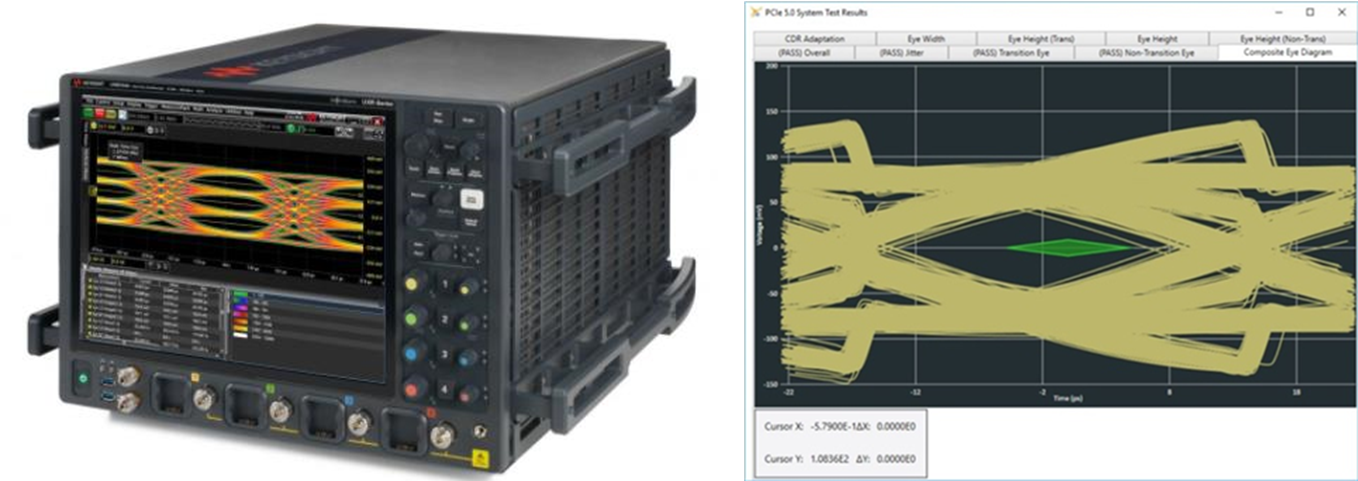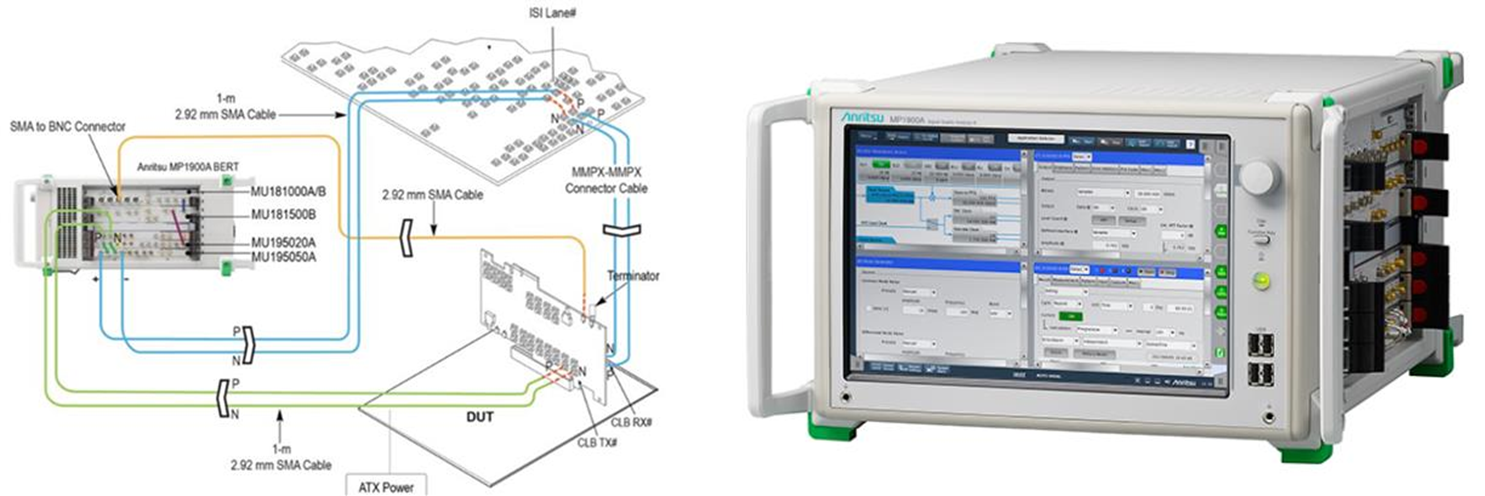Allion Labs | Eric Chen
The rise of cloud services in recent years has led to a significant need for data computing and storage, causing an expansion in the server industry. In the field of application services, the arrival of the intelligent era brought forth a number of different needs. In AI, there is a growing demand for increased computing speed and image transmission bandwidth, and in 5G connected vehicles and other IoT applications, we see progressively higher response time and bandwidth requirements. In order to keep up with the new era’s demands, companies must not only expand their server storage but also increase the data computing response times and transmission speeds of servers.
PCI Express (PCIe) is the most important among the various high-speed signal transmission interface standards on server boards, and its scalability applications are increasing (e.g. NVMe SSD, CXL). Accordingly, a higher PCIe standard specification is the most efficient way to improve the performance of a server. The server industry has now begun using the PCIe 5.0 specification, with double the bandwidth of the previous generation. For each lane, transmission speed increased from 16 Gbps to 32 Gbps, which for x8 is a total of 256 Gbps. With the combination of PCIe 5.0 x8 with 100 Gbps or 200 Gbps Ethernet, a server can achieve the current market demands for an ever higher throughput.

Since PCIe 5.0 transfers twice as quickly as 4.0, there is a more stringent definition of channel loss, connector loss, and reflection, and there are new requirements for receiver and transmitter equalization. Data rate doubled from 16 GT/s to 32 GT/s, which results in a steeper raise/fall time, narrower unit intervals (UI), and larger insertion losses—all requiring special attention during design and testing.
The equipment required for PCIe 5.0 testing is as follows:
- Bit Error Rate Tester (BERT) and Pulse Pattern Generator (PPG) for high-precision, specific signal measurements
- BERT Error Detector (ED), to analyze the bit error rate (BER) of the output
- Real-time oscilloscopes larger than 50 GHz bandwidth
The PCIe 5.0 test specification includes complex test items related to link equalization, which require the use of both receiver and transmitter test equipment. For the transmitter (Tx) side, in order to avoid signal distortion caused by software compensation, Allion purchased a 70 GHz Bandwidth oscilloscope with a sample rate of 256 GSa/s to give more than what the customer demands. The oscilloscope has powerful hardware, presenting the most realistic signal measurement results.

On the receiver side (Rx), Allion purchased numerous different multi-channel Bit Error Rate Testers (BERTs) capable of testing high-speed serial buses (e.g. PCIe 4.0/5.0, USB 3.2/4 and Thunderbolt) and the next-generation of high-speed Ethernet (e.g. 200/400/800G).

The completion of transmitter and receiver tests with Allion’s professional Allion’s engineering team can help clients achieve high quality products and shorten time to market and earning the trust of consumers. Our clients’ success is a source of pride for Allion, so we invest our corporate resources to make that happen.
For more on PCIe or server testing, please refer to our pages on PCI Express, Server Validations, or contact us at: service@allion.com





































